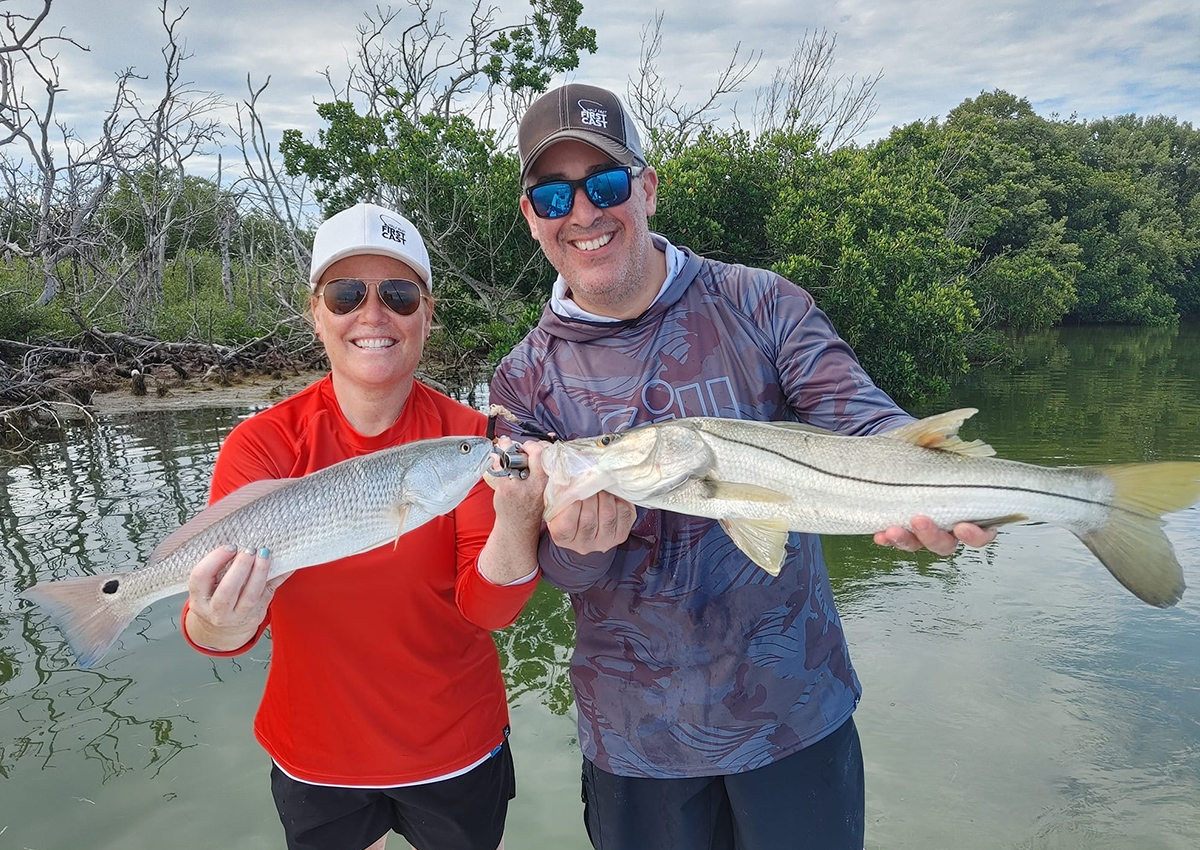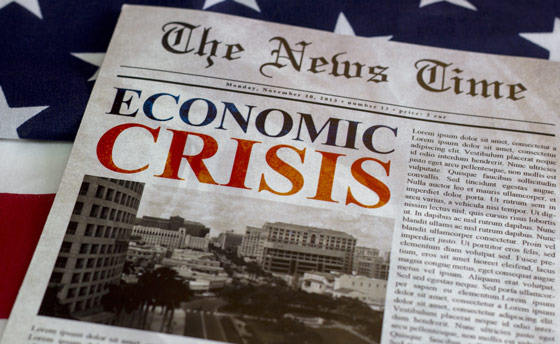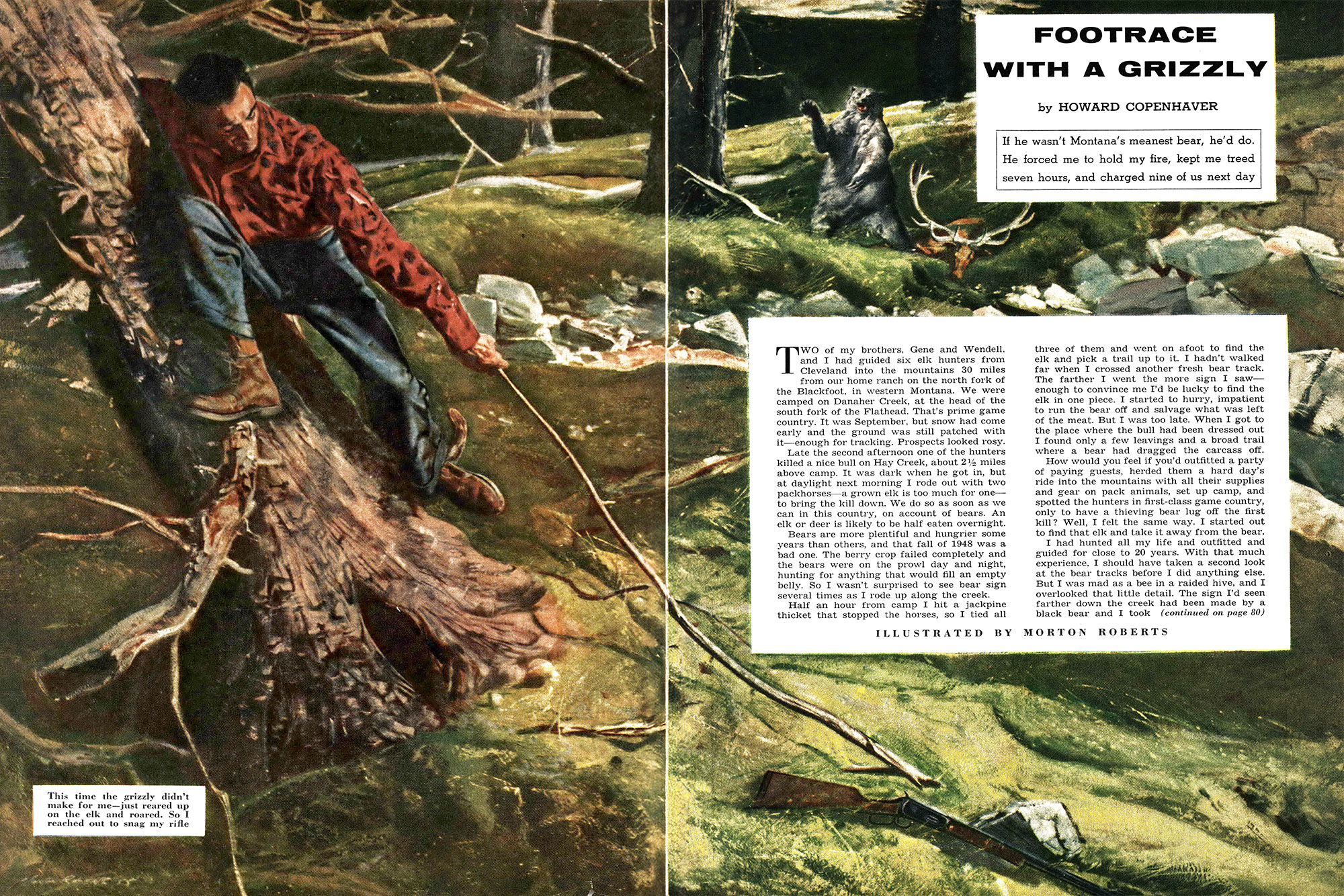5 Mistakes People Made Before the Great Depression
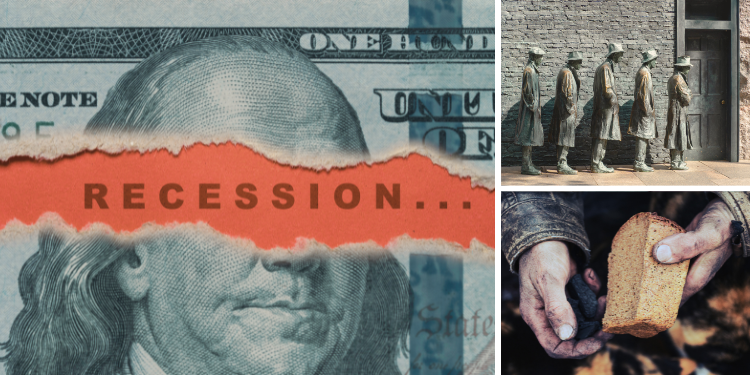
The Great Depression was a perfect storm of problems that struck the country and the entire world. It happened at a time when our leaders, our social infrastructure, and our economic systems weren’t capable of coping.
After the Great Depression and World War Two, we sort of gave in to this notion that we’d learned our lessons, and we weren’t going to let anything like that happen again. Then the 2008 “Great Recession” hit, followed later by the dumpster fire that was 2020.
While we might have learned a few things along the way, we are clearly always going to be at risk of another catastrophe. So, I thought it would be wise to look at some of the lessons people made before the Depression and what lessons we might be able to take from it today.
Over-Reliance on Banks
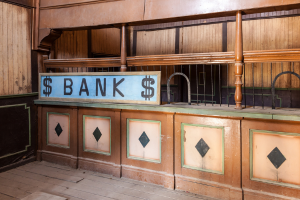 In the years leading up to the Great Depression, people kept most of their savings in banks.
In the years leading up to the Great Depression, people kept most of their savings in banks.
Many people were also over-leveraged with mortgages or other lines of credit they’d foolishly sunk themselves into during the “Roaring 20s.”
When banks started failing in the early days of the Great Depression, millions of people lost their life savings. Deposit insurance and concepts like the FDIC didn’t really exist back then, so people were out of luck with no backup plan.
Lesson For Today
With an FDIC limit of $250,000, there’s some security. However, anything over that limit in any one category is still capital you should consider “At Risk” if there were to be another Great Depression.
To insulate yourself against a bank default, it’s best to diversify your financial holdings by spreading savings across different institutions and investing in tangible assets. This could be things like purchasing land, precious metals, or goods with inherent value.
Something else you should do is start making a food stockpile. Here you will discover exactly how to build a long-lasting stockpile that needs no refrigeration. It starts with a complete stockpile that you can eat from morning, lunch, and dinner for three months. Then you’ll have another one for six months and another for a full year.
It’s also wise to stock up on things that have barter value like ammunition, survival gear, batteries, MREs, dried foods, and water purification devices. That way if the banks do catastrophically collapse, or currency is massively devalued, you still have things of value to trade.
Comfortable Carrying Debt
 During the Roaring 20s people got comfortable carrying a lot of debt, which directly contributed to the financial instability component of the Great Depression.
During the Roaring 20s people got comfortable carrying a lot of debt, which directly contributed to the financial instability component of the Great Depression.
Individuals, farms, small businesses, and corporations all borrowed money foolishly.
The widespread borrowing of stocks and other investments compounded this overleveraging. When the stock market finally did crash individuals and businesses were left with unpayable debts.
Lesson For Today
Do whatever you can to avoid unnecessary debt. Especially any form of debt that involves speculative borrowing.
Instead, focus on building an emergency fund that you can always have easy access to if you’re hit with dire financial times. Try to keep a significant amount of funds in a high-yield money market savings account of a high-interest CD.
Related: Money Saving Tips From Real Survivors Of The Great Depression
If you are carrying debt, prioritize paying down high-interest loans. This will give you more savings in the long term, and you can then move into those higher-interest savings accounts and CDs.
Monoculture & Urban Dependency on Food Infrastructure
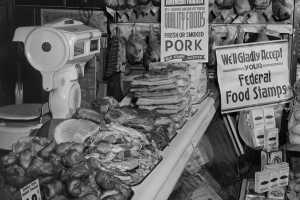 In the decades leading up to the Great Depression, many farm families relied on single-crop “Monoculture” farming practices.
In the decades leading up to the Great Depression, many farm families relied on single-crop “Monoculture” farming practices.
Most family farmers grew just one thing like wheat, corn, or barley, or raised only one type of animal like beef, pork, or chicken.
At the same time, most urban areas relied on food infrastructure systems to keep grocery stores and distribution centers properly stocked. When the financial component of the Great Depression hit, many national and regional supply chains collapsed. This left millions of people living in cities without access to food, even when it was available.
Food shortages were then made worse when poor farming practices, monoculture, and extreme weather patterns led to the Dust Bowl. This sort of triple whammy made it hard to produce food, and even when it was available, the infrastructure wasn’t stable enough to easily get it into urban areas. Leading to widespread food scarcity that lasted throughout the Great Depression.
Lesson for Today
While farming practices, irrigation, and the use of windrows have prevented a new Dust Bowl, our agricultural production system is still overly reliant on monoculture. When widespread drought affects a region, the type of crop being grown there inevitably skyrockets in price. Causing food prices everywhere to go up.
Growing a garden and learning some depression era recipes with what the garden produces will go a long way toward reducing your dependence on modern food infrastructure. Learning how to preserve the food you grow, and stockpiling non-perishable foods, through techniques like canning, dehydrating, and fermenting is also important. Saving heirloom seeds ensures you can sustainably source vegetables all year round.
⇒ This Hidden Survival Garden Will Provide An Unlimited Supply Of Food When SHTF
Keeping a select number of animals will also give you protein sustainability. This could be as simple as a half-dozen laying hens, or ducks. A few goats ensure you have access to dairy. If you have the land available, keeping pigs or a small herd of cattle will ensure year-round access to protein, should the next Great Depression hit.
A Lack of Self-Sufficient Skills in Urban Areas
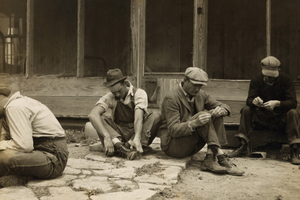 The Roaring 20s, right before the Great Depression, coincided with the beginning of mass urbanization.
The Roaring 20s, right before the Great Depression, coincided with the beginning of mass urbanization.
Many people left the farms and agrarian lifestyles behind to live in cities where they could simply purchase goods and services. Most of them only had a single skill that applied to their job.
Related: How To Stockpile Lard, The Calorie Rich Survival Food Of The Great Depression
When unemployment surged in the early days of the Great Depression, many people lacked the self-sufficient skills to grow food, repair items, mend clothes, or even barter. This created a displaced workforce of unskilled laborers. Many of them lacked the physical fitness to work heavy labor jobs.
Lesson for Today
Practicing your self-sufficiency skills like gardening, basic carpentry, vehicle maintenance, sewing, basic electronic repair, and camping gives you a leg up. Not only will your life be more sustainable. You’ll be able to save money you would have otherwise spent in stores. Not to mention giving you access to items that you can trade, for what you need should another Great Depression strike.
I would also note that practicing these self-sufficiency skills and maintaining a better level of physical fitness will also make it easier for you to handle the rigors of a labor job. Should you need one?
In the Great Depression, those who did manage to find work often lost it within the first few days, because they lacked the basic physical fitness to keep doing it!
In today’s world, self-sufficiency is an invaluable skill. People who could provide for themselves, like small-time farmers and homesteaders, were more resilient during challenging times. The Self-Sufficient Backyard serves as a valuable resource for those who want to be self-reliant. It offers practical advice and knowledge to help you become independent in crucial areas like food, water, and heating.
Devaluing the Importance of Community Networks
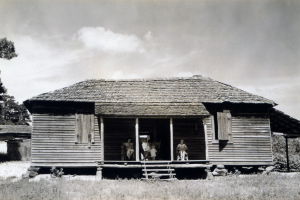 The rise of urbanization leading up to the Great Depression also fractured many of the community-based social networks that people had relied upon for decades. This led to social isolation or lack of community connections, which meant many families had no support systems to reach out to during hard times.
The rise of urbanization leading up to the Great Depression also fractured many of the community-based social networks that people had relied upon for decades. This led to social isolation or lack of community connections, which meant many families had no support systems to reach out to during hard times.
The result was that more families were forced to rely on public assistance programs when community resources and the help of neighbors could have been available. This was compounded by the fact that it took the government a long time to develop functional public assistance programs. Forcing people to compete for resources when they could have been cooperating to create them.
Lesson for Today
While self-sufficiency is important, you also need to avoid social isolation. Build strong relationships within your local community. Support networks can offer resources, skills, and emotional backing during crises.
This might include things like joining a local community club, or church group. Taking part in community events and participating in local charities. The underlying goal is to connect with people in the community around you to form some degree of a healthy in-person relationship with them. Social media connections largely don’t count in hard times. These people can merely ghost you or unfriend you, as you both have minimal interpersonal connection.
I would also look at communities that have proved over the years to be strong and completely independent. The best example is the Amish community and you can learn a lot from them. This is a great resource where you can discover how to be prepared for the next crisis, whatever that may be.
Final Thoughts
The Great Depression was rife with critical lessons about society, finance, agricultural infrastructure, and the dysfunction hiding in the cracks of our civilization. While we have made some changes to the way we grow food and do business, there are still a lot of lessons from the Great Depression that seem to be repeating themselves today.
Being smart about your finances, and diversifying your investments, while keeping valuable items on hand is always a good idea. Practicing self-sufficient techniques not only helps you be prepared but also saves money. It also ensures you have valuable skills and will help you keep up the basic physical fitness you’ll need, should the next Great Depression strike.
You may also like:
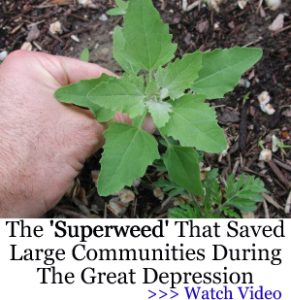
DIY Projects to Hide Your Survival Plants in Plain Sight
Great Depression Foods We Will Be Eating Again Soon (Video)
These Self-Defense Items Will Vanish First in a Crisis
20 Survival Tips from the Survivorman, Les Stroud
4 Signs the Worst Is Yet to Come
Read the full article here


